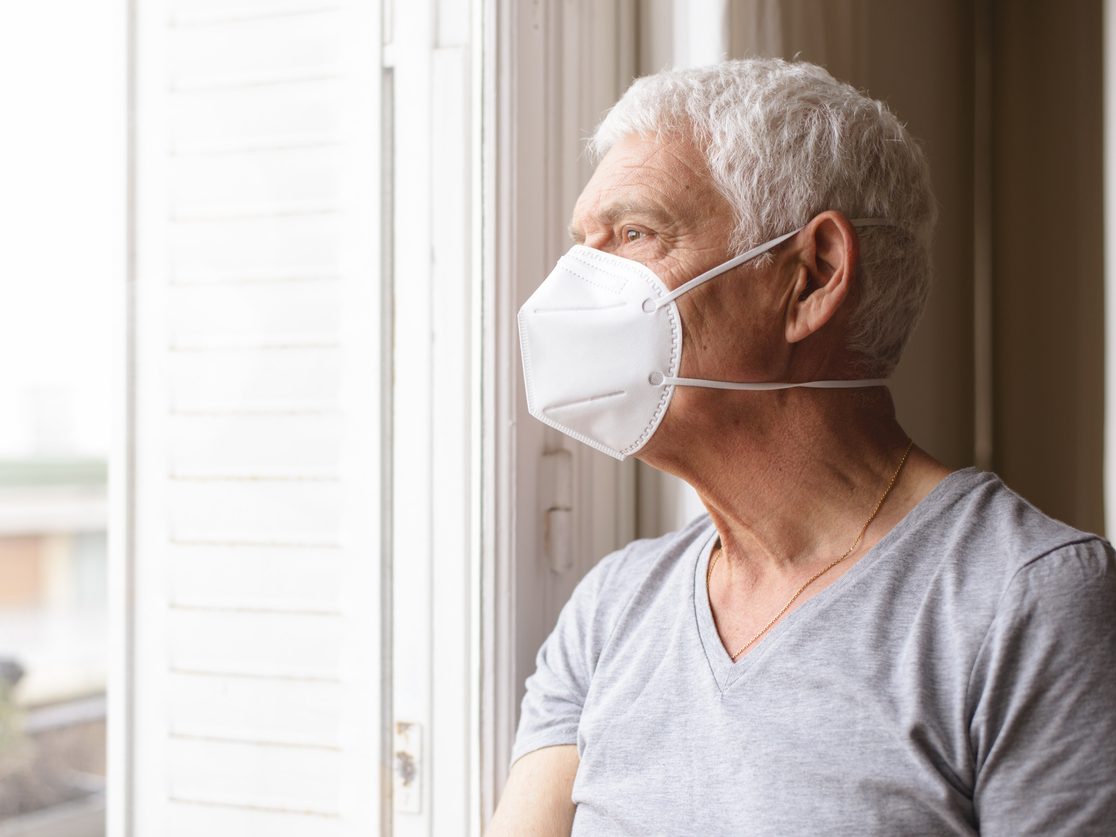What are the most common indoor air pollutants?
According to the EPA, there are common indoor air pollutants sources. They fall into one of four categories: VOCs, biological pollutants, combustion byproducts, and legacy pollutants. These pollutants can affect the health and comfort of building occupants. Some health effects may show up shortly after a single exposure, or years later after prolonged exposure.

The most common indoor air pollutants include:
1. Asbestos
Asbestos is a mineral fiber. It occurs naturally in rock and soil. Because of its strength and heat resistance, it has been utilized in a variety of construction materials, including insulation, roofing shingles, and as a fire retardant. It has also used in friction products on cars. Asbestos exposure can increase one’s risk of developing lung disease, mesothelioma, or asbestosis. As a result of these health effects, there are existing bans on the import, manufacture, and distribution of asbestos-related materials.
2. Biological Pollutants
Biological pollutants contaminants produced by living things. As a result, they often found in areas with excessive food or moisture. Biological pollutants can include bacteria, viruses, pet dander/saliva, dust, mites, and pollen. In buildings, these pollutants are commonly found near excessive moisture, like in humidifiers or an unvented bathroom, as excessive moisture can be a breeding ground for mold, mildew, and bacteria.
3. Carbon Monoxide
Carbon monoxide (CO) is an odorless gas that is released when fossil fuels are burned. The greatest outdoor contributors of CO are vehicles, while kerosene lamps and gas heaters are the leading sources of CO indoors.
Carbon monoxide can be extremely harmful to humans when inhaled in large amounts, as it affects the oxygen-carrying capacity of the blood. This means it reduces the amount of oxygen that the body can transport in the bloodstream to critical organs. Carbon monoxide poisoning can cause dizziness, unconsciousness, and even death. CO is a threat mostly to tightly enclosed indoor environments with poor ventilation, as high levels of CO are unlikely to occur outdoors.
4. Cookstoves and Heaters
Burning solid fuels such as wood or charcoal to cook or heat a building can contribute to poor indoor air quality. While not necessarily common in the US, these cooking/heating methods are still used by billions of households worldwide. The smoke and fumes produced by these cooking and heating methods combined with poor ventilation can lead to substantial health and lung issues.

5. Formaldehyde
Formaldehyde is present in many building materials and household products. It is commonly used in resins on wood products, insulation materials, glues, paints, cosmetic preservatives, and pesticides. It is a chemical compound that is also a combustion byproduct, which means it can be emitted from fuel-burning appliances. Long term and high exposure to formaldehyde could cause cancer. Shorter-term exposure is known to cause skin, eye, nose, and throat irritation.
6. Lead (Pb)
Lead emissions find their way into the air from a variety of sources. The most common source is from metal processing and the burning of leaded fuel. Once inhaled, lead can accumulate throughout the body, causing many adverse effects. In adults, high levels of lead can cause health issues with the nervous, cardiovascular, and reproductive systems. For children, it can lead to learning or behavioral issues.

